Robust Classification Model for Diabetic Retinopathy Based on the Contrastive Learning Method with a Convolutional Neural Network
Abstract
1. Introduction
2. Related Work
3. Materials and Methods
3.1. Dataset
Data Preprocessing
3.2. Modeling Method
3.2.1. Networks
3.2.2. Supervised Contrastive Learning
3.2.3. Supervised Contrastive Loss
3.3. Work Flow
4. Results
4.1. Training Processes
4.2. Testing Processes
4.2.1. Robustness and Accuracy with Different Learning Rates
4.2.2. Robustness with Different Data Augmentation Methods
4.2.3. Discussion
5. Conclusions
Author Contributions
Funding
Acknowledgments
Conflicts of Interest
Abbreviations
| SL | Supervised Learning |
| SCL | Supervised Contrastive Learning |
References
- A Diabetic Retinopathy Dataset. Available online: https://www.kaggle.com/c/diabetic-retinopathy-detection (accessed on 10 February 2022).
- Porwal, P.; Pachade, S.; Kamble, R.; Kokare, M.; Deshmukh, G.; Sahasrabuddhe, V.; Meriaudeau, F. Indian diabetic retinopathy image dataset (IDRiD): A database for diabetic retinopathy screening research. Data 2018, 3, 25. [Google Scholar] [CrossRef]
- Li, T.; Gao, Y.; Wang, K.; Guo, S.; Liu, H.; Kang, H. Diagnostic assessment of deep learning algorithms for diabetic retinopathy screening. Inf. Sci. 2019, 501, 511–522. [Google Scholar] [CrossRef]
- Zhou, Y.; Wang, B.; Huang, L.; Cui, S.; Shao, L. A benchmark for studying diabetic retinopathy: Segmentation, grading, and transferability. IEEE Trans. Med. Imaging 2020, 40, 818–828. [Google Scholar] [CrossRef] [PubMed]
- Decencière, E.; Zhang, X.; Cazuguel, G.; Lay, B.; Cochener, B.; Trone, C.; Gain, P.; Ordóñez-Varela, J.-R.; Massin, P.; Erginay, A.; et al. Feedback on a publicly distributed image database: The Messidor database. Image Anal. Stereol. 2014, 33, 231–234. [Google Scholar] [CrossRef]
- Oltu, B.; Karaca, B.K.; Erdem, H.; Özgür, A. A systematic review of transfer learning based approaches for diabetic retinopathy detection. arXiv 2021, arXiv:2105.13793. [Google Scholar] [CrossRef]
- Aswathi, T.; Swapna, T.R.; Padmavathi, S. Transfer Learning approach for grading of Diabetic Retinopathy. J. Phys. Conf. Ser. 2021, 1767, 012033. [Google Scholar] [CrossRef]
- Alyoubi, W.L.; Abulkhair, M.F.; Shalash, W.M. Diabetic retinopathy fundus image classification and lesions localization system using deep learning. Sensors 2021, 21, 3704. [Google Scholar] [CrossRef]
- Priyadharsini, C.; Jeyapriya, J.; Kannan, R.J.; Kumar, G.B.; Sakriki, T.P. Classification of Diabetic Retinopathy using Residual Neural Network. IOP Conf. Ser. Mater. Sci. Eng. 2020, 925, 012033. [Google Scholar] [CrossRef]
- AbdelMaksoud, E.; Barakat, S.; Elmogy, M. Diabetic retinopathy grading system based on transfer learning. arXiv 2020, arXiv:2012.12515. [Google Scholar] [CrossRef]
- Tian, L.; Ma, L.; Wen, Z.; Xie, S.; Xu, Y. Learning discriminative representations for fine-grained diabetic retinopathy grading. In Proceedings of the 2021 International Joint Conference on Neural Networks (IJCNN), Shenzhen, China, 18–22 July 2021; pp. 1–8. [Google Scholar]
- Zhao, Z.; Zhang, K.; Hao, X.; Tian, J.; Chua, M.C.H.; Chen, L.; Xu, X. Bira-net: Bilinear attention net for diabetic retinopathy grading. In Proceedings of the 2019 IEEE International Conference on Image Processing (ICIP), Taipei, Taiwan, 22–25 September 2019; pp. 1385–1389. [Google Scholar]
- Quellec, G.; Al Hajj, H.; Lamard, M.; Conze, P.H.; Massin, P.; Cochener, B. ExplAIn: Explanatory artificial intelligence for diabetic retinopathy diagnosis. Med. Image Anal. 2021, 72, 102118. [Google Scholar] [CrossRef]
- De La Torre, J.; Valls, A.; Puig, D.; Romero-Aroca, P. Identification and visualization of the underlying independent causes of the diagnostic of diabetic retinopathy made by a deep learning classifier. arXiv 2018, arXiv:1809.08567. [Google Scholar]
- Reguant, R.; Brunak, S.; Saha, S. Understanding inherent image features in CNN-based assessment of diabetic retinopathy. Sci. Rep. 2021, 11, 9704. [Google Scholar] [CrossRef] [PubMed]
- Wu, D.; Liu, S.; Ban, J. Classification of Diabetic Retinopathy Using Adversarial Training. IOP Conf. Ser. Mater. Sci. Eng. 2020, 806, 012050. [Google Scholar] [CrossRef]
- Zhao, Z.; Chopra, K.; Zeng, Z.; Li, X. Sea-Net: Squeeze-and-excitation attention net for diabetic retinopathy grading. In Proceedings of the 2020 IEEE International Conference on Image Processing (ICIP), Abu Dhabi, United Arab Emirates, 25–28 October 2020; pp. 2496–2500. [Google Scholar]
- Liu, Y.P.; Li, Z.; Xu, C.; Li, J.; Liang, R. Referable diabetic retinopathy identification from eye fundus images with weighted path for convolutional neural network. Artif. Intell. Med. 2019, 99, 101694. [Google Scholar] [CrossRef] [PubMed]
- Bodapati, J.D.; Shaik, N.S.; Naralasetti, V. Deep convolution feature aggregation: An application to diabetic retinopathy severity level prediction. Signal Image Video Process. 2021, 15, 923–930. [Google Scholar] [CrossRef]
- Tariq, H.; Rashid, M.; Javed, A.; Zafar, E.; Alotaibi, S.S.; Zia, M.Y.I. Performance analysis of deep-neural-network-based automatic diagnosis of diabetic retinopathy. Sensors 2021, 22, 205. [Google Scholar] [CrossRef]
- Chen, H.; Zeng, X.; Luo, Y.; Ye, W. Detection of diabetic retinopathy using deep neural network. In Proceedings of the 2018 IEEE 23rd International Conference on Digital Signal Processing (DSP), Shanghai, China, 19–21 November 2018. [Google Scholar]
- Nneji, G.U.; Cai, J.; Deng, J.; Monday, H.N.; Hossin, M.A.; Nahar, S. Identification of diabetic retinopathy using weighted fusion deep learning based on dual-channel fundus scans. Diagnostics 2022, 12, 540. [Google Scholar] [CrossRef]
- Wang, Z.; Yin, Y.; Shi, J.; Fang, W.; Li, H.; Wang, X. Zoom-in-net: Deep mining lesions for diabetic retinopathy detection. In Proceedings of the International Conference on Medical Image Computing and Computer-Assisted Intervention, Quebec City, QC, Canada, 11–13 September 2017; pp. 267–275. [Google Scholar]
- Li, X.; Hu, X.; Yu, L.; Zhu, L.; Fu, C.W.; Heng, P.A. CANet: Cross-disease attention network for joint diabetic retinopathy and diabetic macular edema grading. IEEE Trans. Med. Imaging 2019, 39, 1483–1493. [Google Scholar] [CrossRef]
- He, A.; Li, T.; Li, N.; Wang, K.; Fu, H. CABNet: Category attention block for imbalanced diabetic retinopathy grading. IEEE Trans. Med. Imaging 2020, 40, 143–153. [Google Scholar] [CrossRef]
- Pires, R.; Avila, S.; Wainer, J.; Valle, E.; Abramoff, M.D.; Rocha, A. A data-driven approach to referable diabetic retinopathy detection. Artif. Intell. Med. 2019, 96, 93–106. [Google Scholar] [CrossRef]
- Jiang, H.; Yang, K.; Gao, M.; Zhang, D.; Ma, H.; Qian, W. An interpretable ensemble deep learning model for diabetic retinopathy disease classification. In Proceedings of the 2019 41st Annual International Conference of the IEEE Engineering in Medicine and Biology Society (EMBC), Berlin, Germany, 23–27 July 2019; pp. 2045–2048. [Google Scholar]
- Wan, S.; Liang, Y.; Zhang, Y. Deep convolutional neural networks for diabetic retinopathy detection by image classification. Comput. Electr. Eng. 2018, 72, 274–282. [Google Scholar] [CrossRef]
- Jaiswal, A.; Babu, A.R.; Zadeh, M.Z.; Banerjee, D.; Makedon, F. A Survey on Contrastive Self-Supervised Learning. Technologies 2020, 9, 2. [Google Scholar] [CrossRef]
- Azizi, S.; Fang, U.; Adibi, S.; Li, J. Supervised Contrastive Learning for Product Classification. In ADMA 2022: Advanced Data Mining and Applications; Lecture Notes in Computer Science; Springer: Cham, Switzerland, 2022; Volume 13088, pp. 341–355. [Google Scholar]
- Gao, D.; Hua, W.; Su, W.; Xu, Z.; Chen, K. Supervised Contrastive Learning-Based Modulation Classification of Underwater Acoustic Communication. Wirel. Commun. Mob. Comput. 2022, 2022, 3995331. [Google Scholar] [CrossRef]
- Hu, C.; Wu, J.; Sun, C.; Yan, R.; Chen, X. Robust Supervised Contrastive Learning for Fault Diagnosis under Different Noises and Conditions. In Proceedings of the 2021 International Conference on Sensing, Measurement & Data Analytics in the Era of Artificial Intelligence (ICSMD), Nanjing, China, 21–23 October 2021; pp. 1–6. [Google Scholar]
- Romero-Aroca, P.; Valls, A.; Moreno, A.; Sagarra-Alamo, R.; Basora-Gallisa, J.; Saleh, E.; Baget-Bernaldiz, M.; Puig, D. A Clinical Decision Support System for Diabetic Retinopathy Screening: Creating a Clinical Support Application. Telemed. e-Health 2019, 25, 31–40. [Google Scholar] [CrossRef]
- Rossi, J.G.; Rojas-Perilla, N.; Krois, J.; Schwendicke, F. Cost-effectiveness of Artificial Intelligence as a Decision-Support System Applied to the Detection and Grading of Melanoma, Dental Caries, and Diabetic Retinopathy. JAMA Netw. Open 2022, 5, e220269. [Google Scholar] [CrossRef]
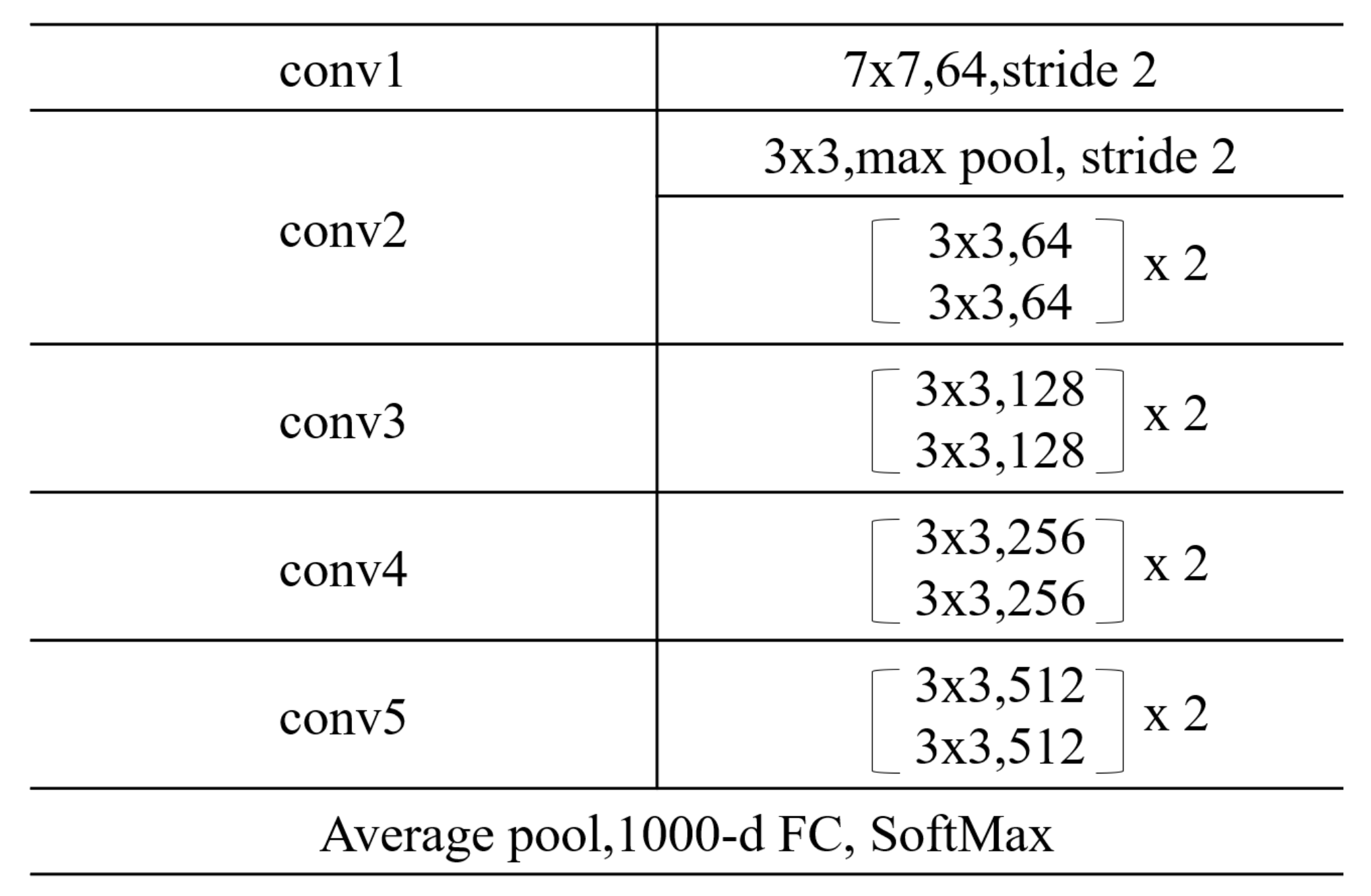
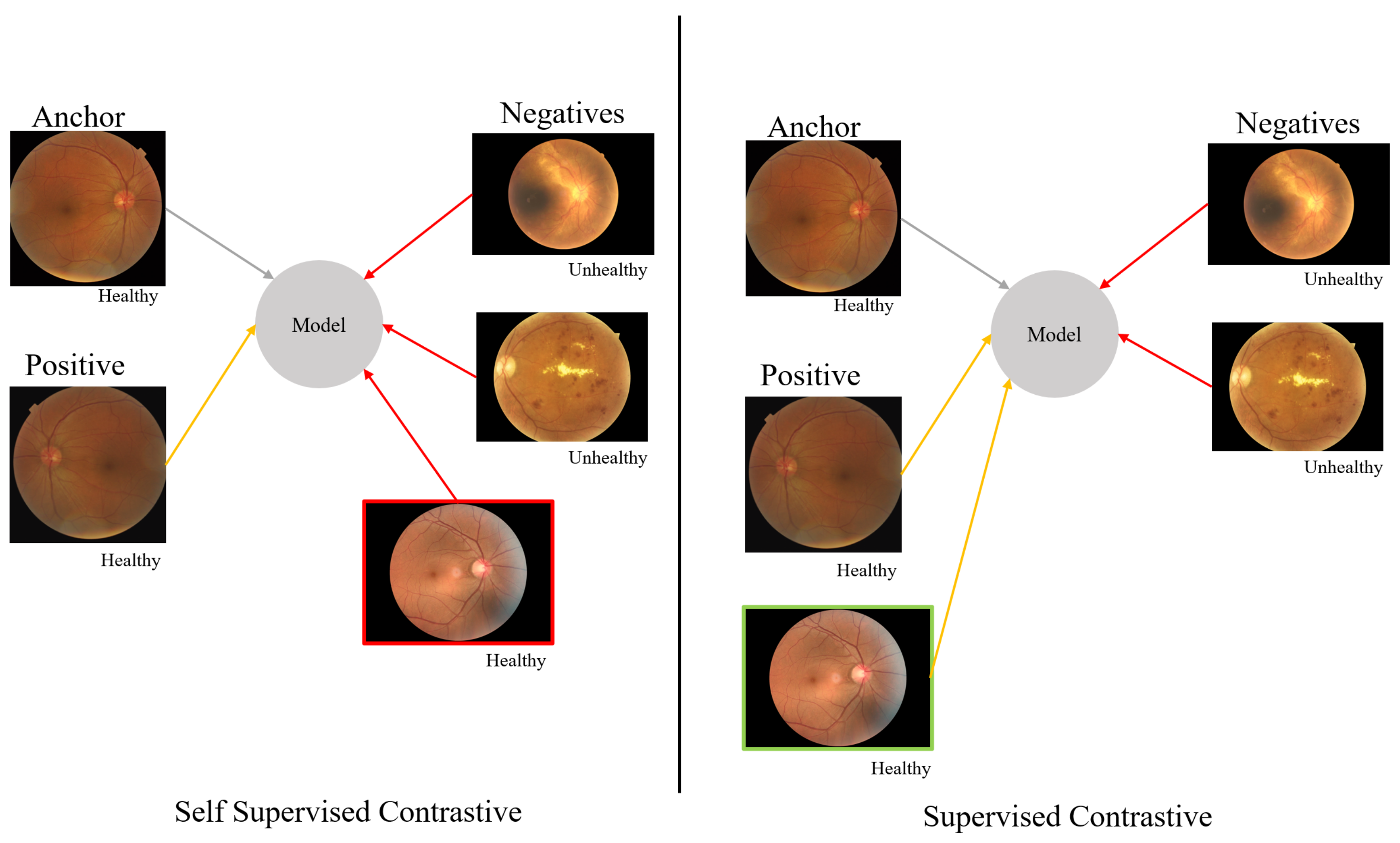
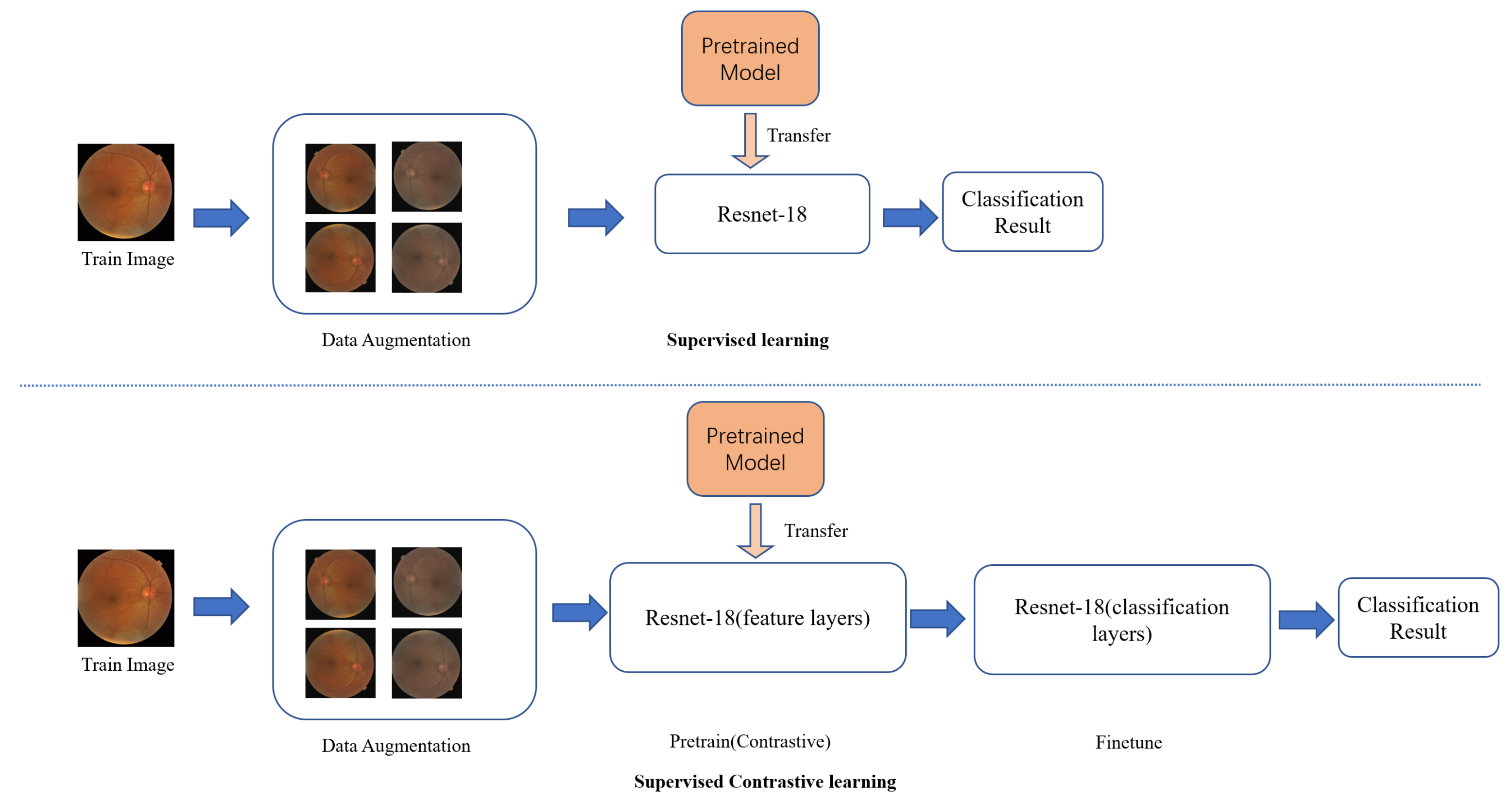
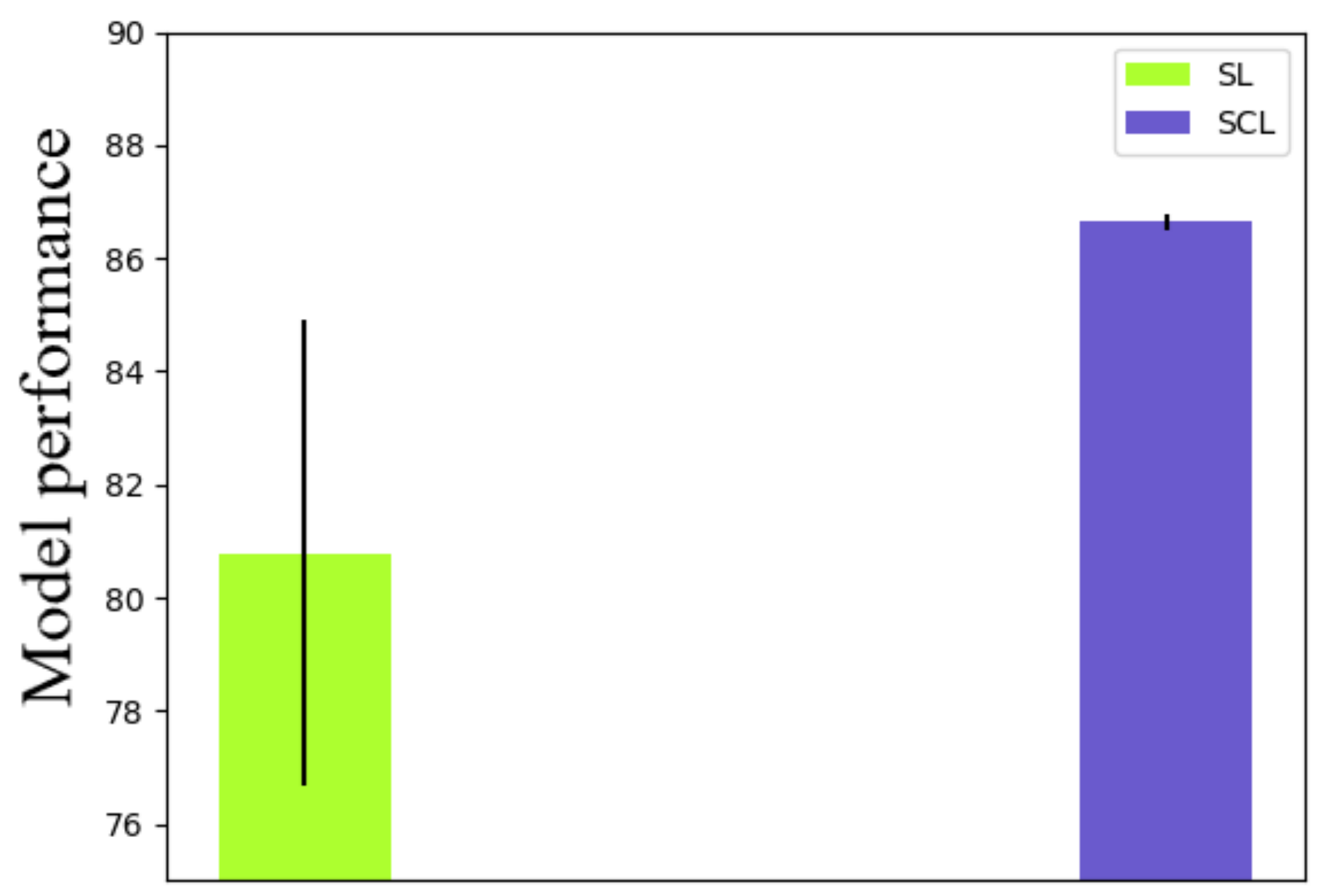
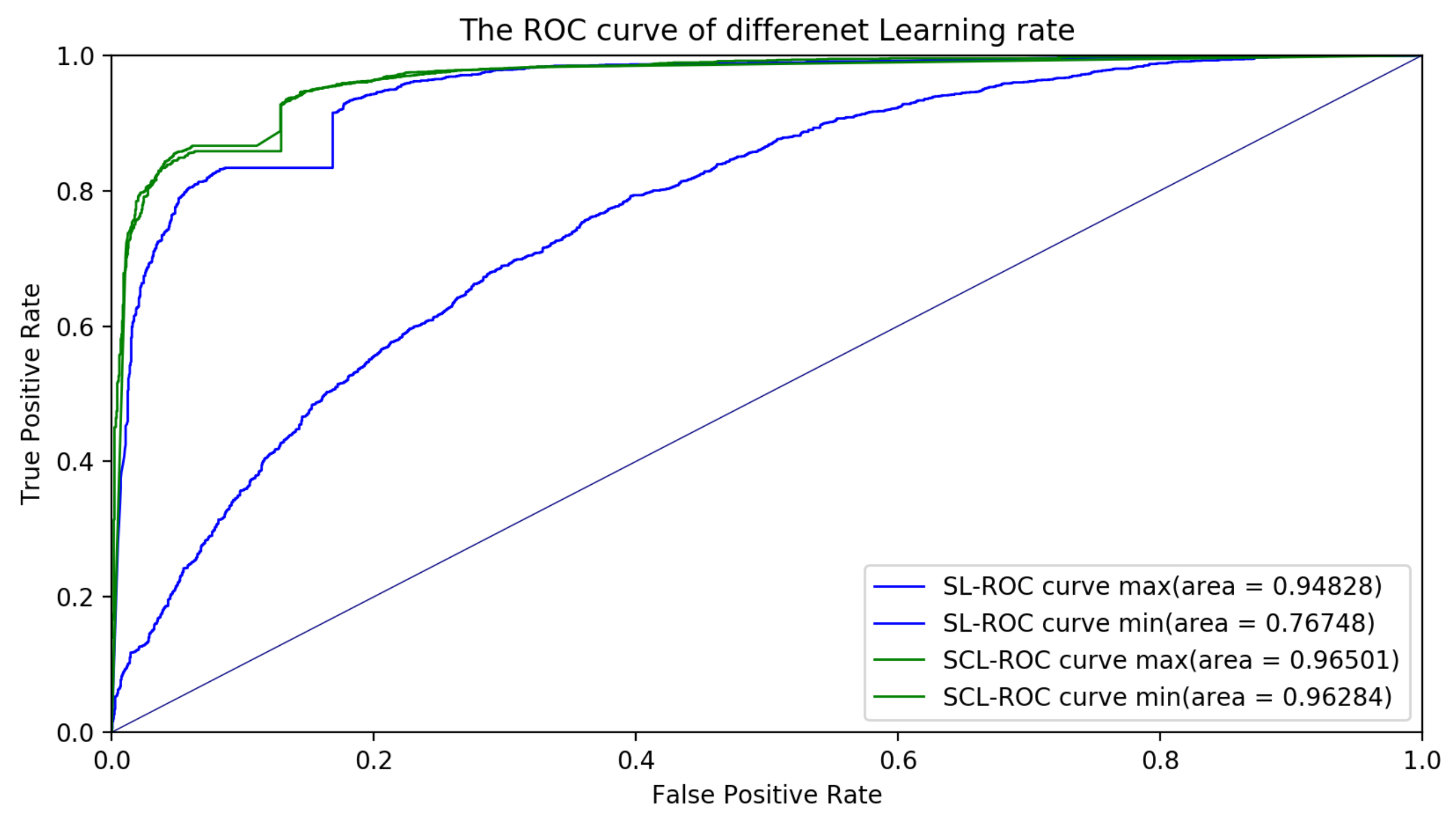
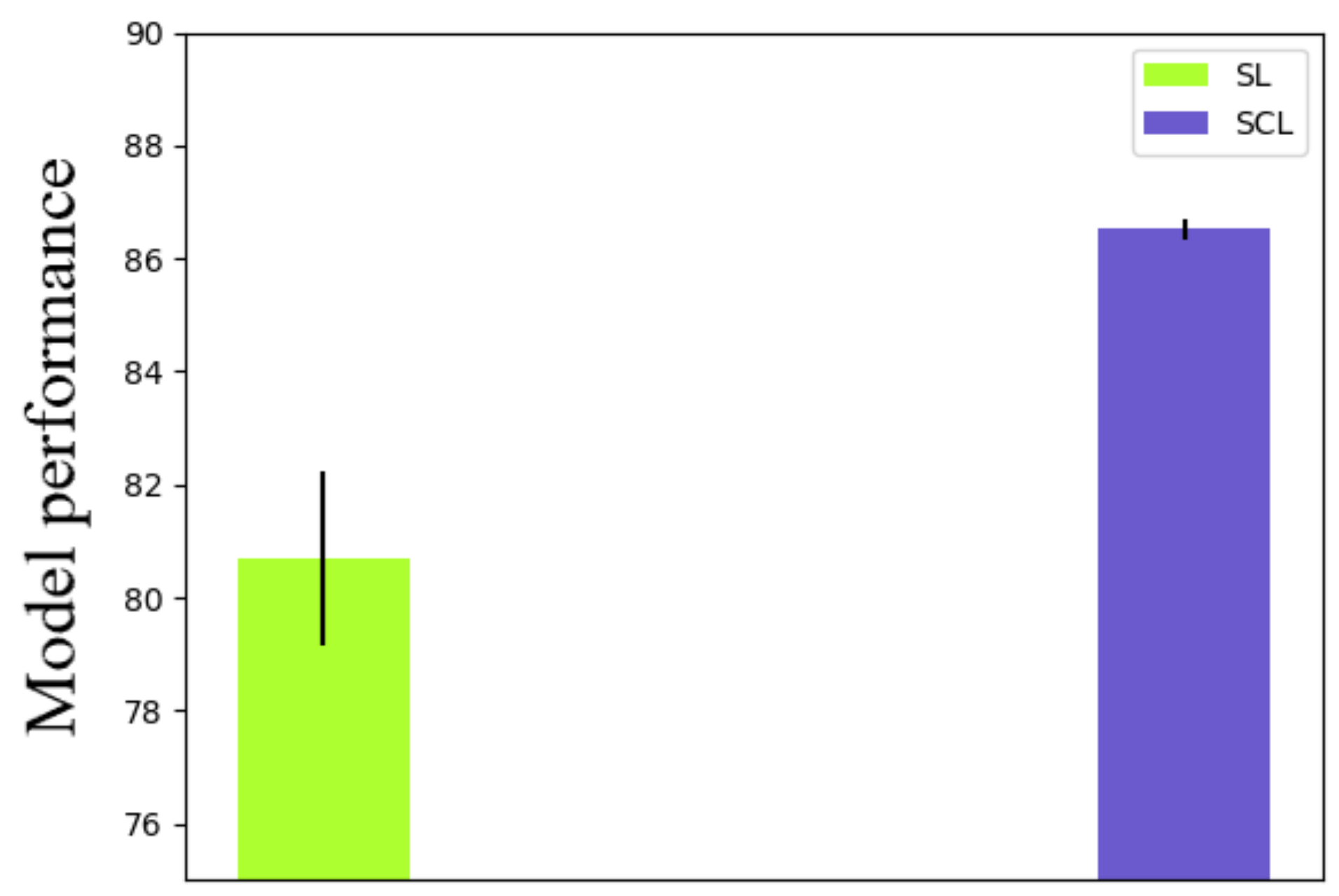
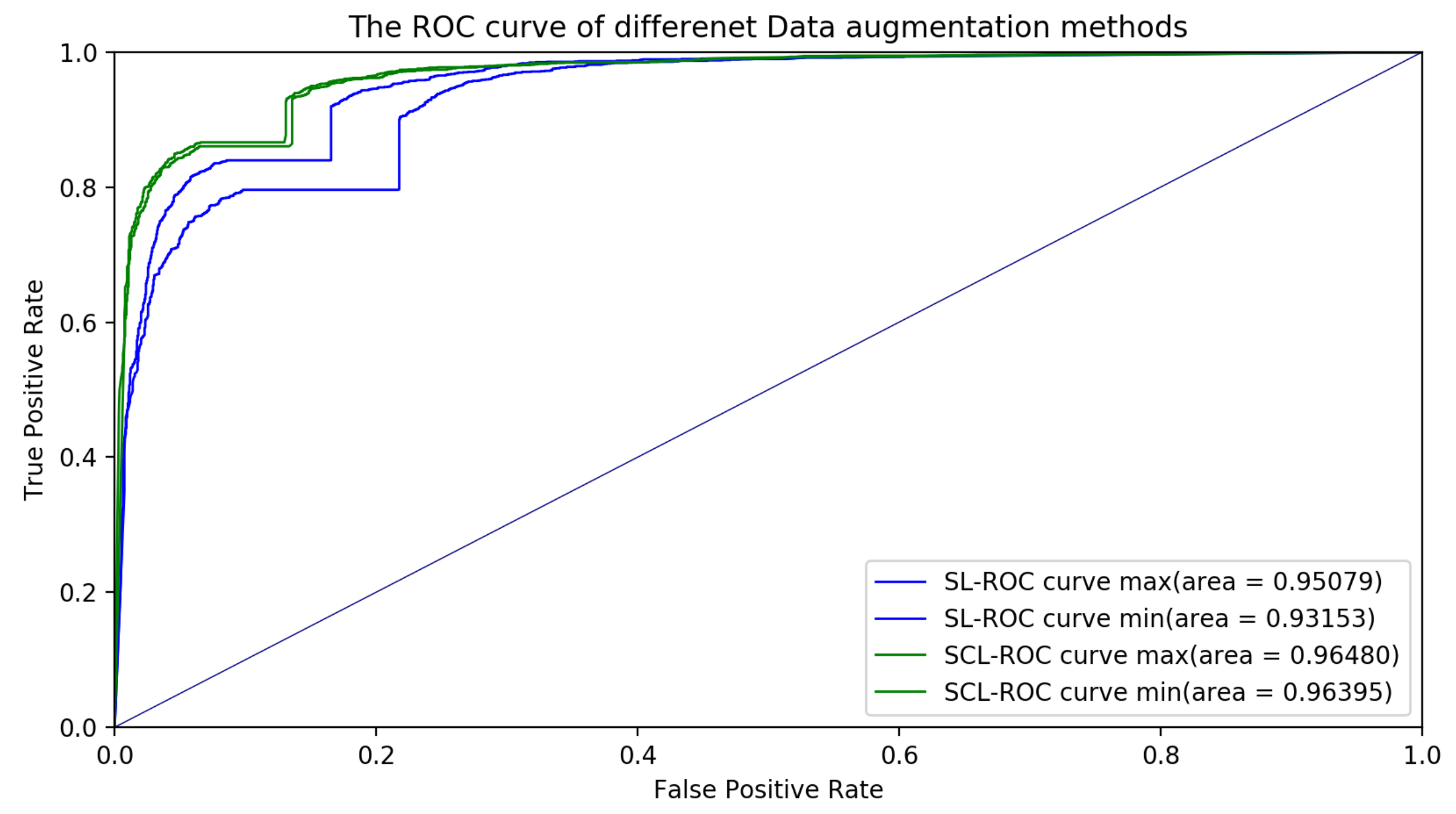
| Bibliography | Task | Dataset | Model |
|---|---|---|---|
| [26] | Binary Classification | Kaggle | CNN |
| [27] | Binary Classification | Private data | Inception, ResNet |
| [18] | Binary Classification | Private data | WP-CNN (weighted path convolutional neural network) |
| [23] | Binary Classification | Kaggle | Zoom-in-Net |
| [12] | Multiple Classification | Kaggle | BiRA-Net (bilinear attention net) |
| [28] | Multiple Classification | Kaggle | AlexNet, VggNet, GoogleNet, ResNet |
| [24] | Multiple Classification | IDRiD | CANet (cross-disease attention network) |
| [25] | Multiple Classification | DDR | CABNet (category attention block net) |
| [3] | Multiple Classification | DDR | VGG-16, ResNet-18, GoogLeNet, DenseNet-121, SE-BN-Inception |
| [19] | Multiple Classification | Kaggle | DenseNets |
| [20] | Multiple Classification | Private data | AlexNet, GoogLeNet, Inception, ResNet |
| [21] | Multiple Classification | EyePACS | Inception V3 |
| [22] | Multiple Classification | Kaggle | VGG-16 |
| Learning Rate | SL | SCL |
|---|---|---|
| 0.0001 | 69.42 | 86.45 |
| 0.0005 | 80.33 | 86.48 |
| 0.001 | 81.77 | 86.51 |
| 0.003 | 82.59 | 86.51 |
| 0.005 | 82.91 | 86.66 |
| 0.01 | 82.63 | 86.74 |
| 0.03 | 81.47 | 86.8 |
| 0.05 | 83.26 | 86.74 |
| 0.1 | 83.02 | 86.88 |
| Data Augmentation Methods | SL | SCL |
|---|---|---|
| Random Horizontal Flip Random Vertical Flip Random Rotation (15 degree) Color Jitter | 82.63 | 86.74 |
| Random Horizontal Flip Random Vertical Flip | 79.47 | 86.45 |
| Random Horizontal Flip Random Rotation (15 degree) | 80.83 | 86.39 |
| Random Horizontal Flip Color Jitter | 79.47 | 86.24 |
| Random Vertical Flip Random Rotation (15 degree) | 79.27 | 86.34 |
| Random Vertical Flip Color Jitter | 80.87 | 86.63 |
| Random Rotation (15 degree) Color Jitter | 78.91 | 86.51 |
| Random Horizontal Flip Random Vertical Flip Random Rotation (5 degree) Color Jitter | 80.99 | 86.71 |
| Random Horizontal Flip Random Vertical Flip Random Rotation (25 degree) Color Jitter | 83.71 | 86.77 |
Publisher’s Note: MDPI stays neutral with regard to jurisdictional claims in published maps and institutional affiliations. |
© 2022 by the authors. Licensee MDPI, Basel, Switzerland. This article is an open access article distributed under the terms and conditions of the Creative Commons Attribution (CC BY) license (https://creativecommons.org/licenses/by/4.0/).
Share and Cite
Feng, X.; Zhang, S.; Xu, L.; Huang, X.; Chen, Y. Robust Classification Model for Diabetic Retinopathy Based on the Contrastive Learning Method with a Convolutional Neural Network. Appl. Sci. 2022, 12, 12071. https://doi.org/10.3390/app122312071
Feng X, Zhang S, Xu L, Huang X, Chen Y. Robust Classification Model for Diabetic Retinopathy Based on the Contrastive Learning Method with a Convolutional Neural Network. Applied Sciences. 2022; 12(23):12071. https://doi.org/10.3390/app122312071
Chicago/Turabian StyleFeng, Xinxing, Shuai Zhang, Long Xu, Xin Huang, and Yanyan Chen. 2022. "Robust Classification Model for Diabetic Retinopathy Based on the Contrastive Learning Method with a Convolutional Neural Network" Applied Sciences 12, no. 23: 12071. https://doi.org/10.3390/app122312071
APA StyleFeng, X., Zhang, S., Xu, L., Huang, X., & Chen, Y. (2022). Robust Classification Model for Diabetic Retinopathy Based on the Contrastive Learning Method with a Convolutional Neural Network. Applied Sciences, 12(23), 12071. https://doi.org/10.3390/app122312071







